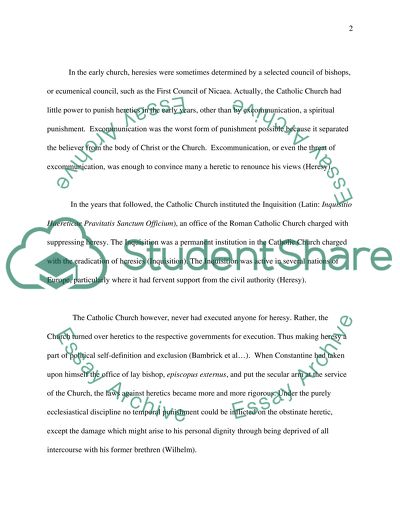Cite this document
(“Why It Was Not Possible for the Catholic Church To Stamp out Heresy Essay”, n.d.)
Why It Was Not Possible for the Catholic Church To Stamp out Heresy Essay. Retrieved from https://studentshare.org/religion-and-theology/1512472-why-it-was-not-possible-for-the-catholic-church-to-stamp-out-heresy-during-the-16th-century
Why It Was Not Possible for the Catholic Church To Stamp out Heresy Essay. Retrieved from https://studentshare.org/religion-and-theology/1512472-why-it-was-not-possible-for-the-catholic-church-to-stamp-out-heresy-during-the-16th-century
(Why It Was Not Possible for the Catholic Church To Stamp Out Heresy Essay)
Why It Was Not Possible for the Catholic Church To Stamp Out Heresy Essay. https://studentshare.org/religion-and-theology/1512472-why-it-was-not-possible-for-the-catholic-church-to-stamp-out-heresy-during-the-16th-century.
Why It Was Not Possible for the Catholic Church To Stamp Out Heresy Essay. https://studentshare.org/religion-and-theology/1512472-why-it-was-not-possible-for-the-catholic-church-to-stamp-out-heresy-during-the-16th-century.
“Why It Was Not Possible for the Catholic Church To Stamp Out Heresy Essay”, n.d. https://studentshare.org/religion-and-theology/1512472-why-it-was-not-possible-for-the-catholic-church-to-stamp-out-heresy-during-the-16th-century.


